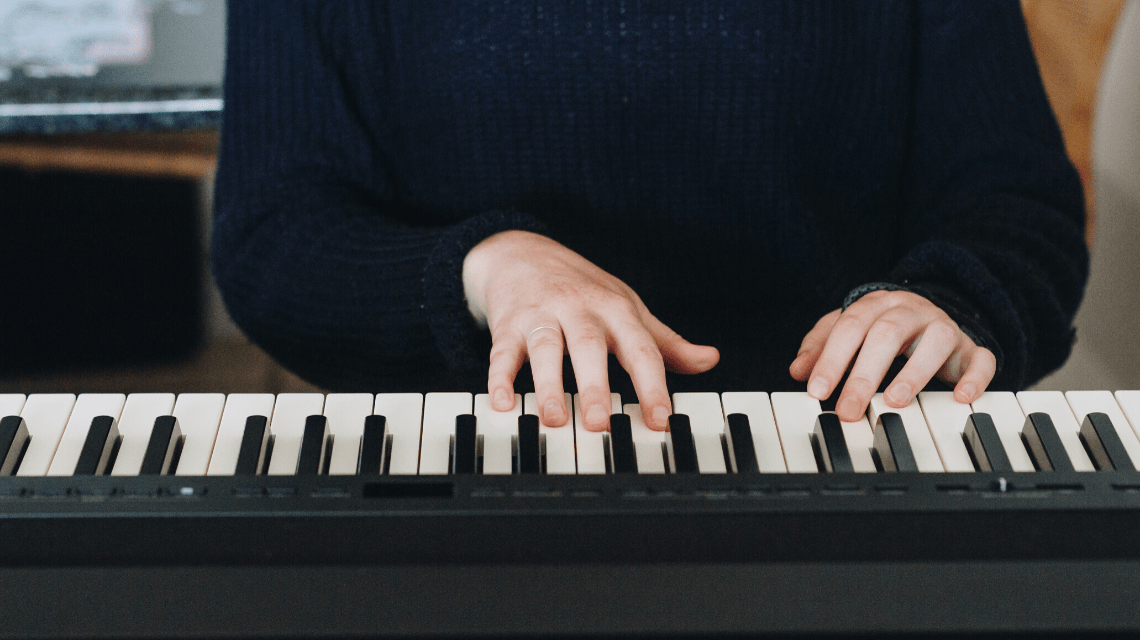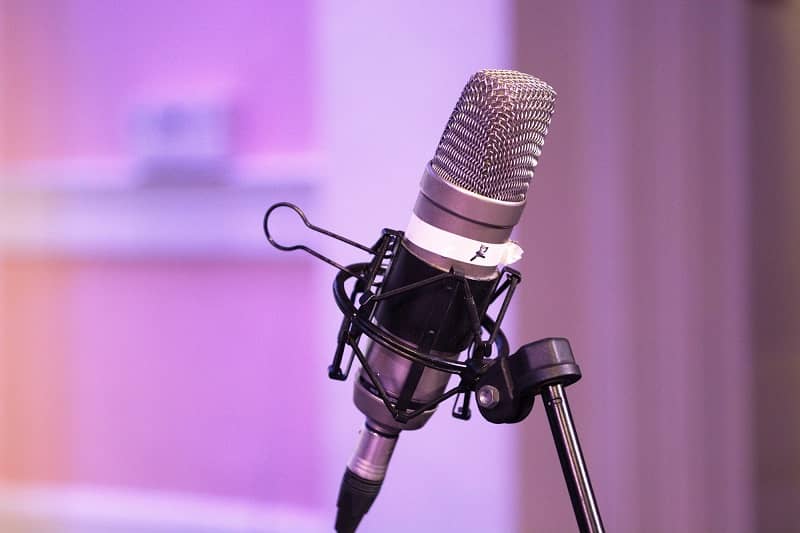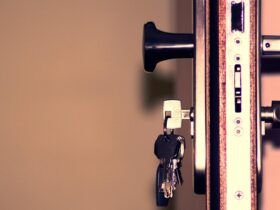If you’re contemplating investing in a new digital piano, you’ll most likely want to make sure you’re getting the best that your money can buy, which is why you need to understand the different elements. Luckily, we’ve put this short guide together to help you out.
Keyboard
Your fingers will be making contact with the keyboard, so you need to be sure that it’ll feel right. This means looking beyond the quality of the material, as you will have to consider the weight of the keys. Typically, a digital piano will come with a fully-weighted keyboard, which simulates the feel of the real deal.
Sound
Digital pianos must be capable of allowing you to put on a good show by having capable speakers, which is why the Clavinova by Yamaha is so trusted. However, speakers aren’t the only consideration to make when it comes to sound, as many digital pianos include an assortment of internal sounds, which can help to enhance your creativity. Therefore, make sure you explore the full library before making a purchase, as you don’t want to be left wanting for more.
Accessories
Digital pianos are typically expensive, but that doesn’t mean the cost can’t be “reduced”. For example, instead of purchasing a digital piano on its own, you can look for a package that’s bundled with additional accessories. For example, there may be a digital piano featuring sustain pedals, 3-pedal setups and sheet music stands.
Polyphony
You’ll see the word polyphony a lot when you’re shopping for a digital piano, so it pays to know what it means. Simply put, this is the number of notes that can be heard simultaneously without facing an early cut-off. 64-note polyphony is considered good.
Features
Regardless of how much of a budget you have, you want to make sure that you’re getting the best digital piano you can buy, which means comparing features. For example, if you need a digital piano for live shows, there needs to be a quick way of swapping sounds, whereas, a rookie piano player will be more concerned with having a quality tutorial mode.
Portability
If you’re a travelling musician, you’ll need to ensure that your new digital piano is easy to transport. This means finding a model that’s lightweight and compact so that it doesn’t take up much space. For example, we wouldn’t recommend investing in a cabinet-style instrument, as these take a while to assemble and they’re pretty bulky.
MIDI Connectivity
If you aim to compose music using your new digital piano, you’ll have to ensure it supports MIDI connectivity, which allows you to hook the instrument up to your DAW (Digital Audio Work Station). The majority of digital pianos manufactured today will support MIDI as standard, but it’s always a good idea to check.
There’s more than meets the eye when it comes to digital piano shopping, so make sure you’re prepared to understand the technical language. If in doubt, work out your budget and needs, and go from there.








